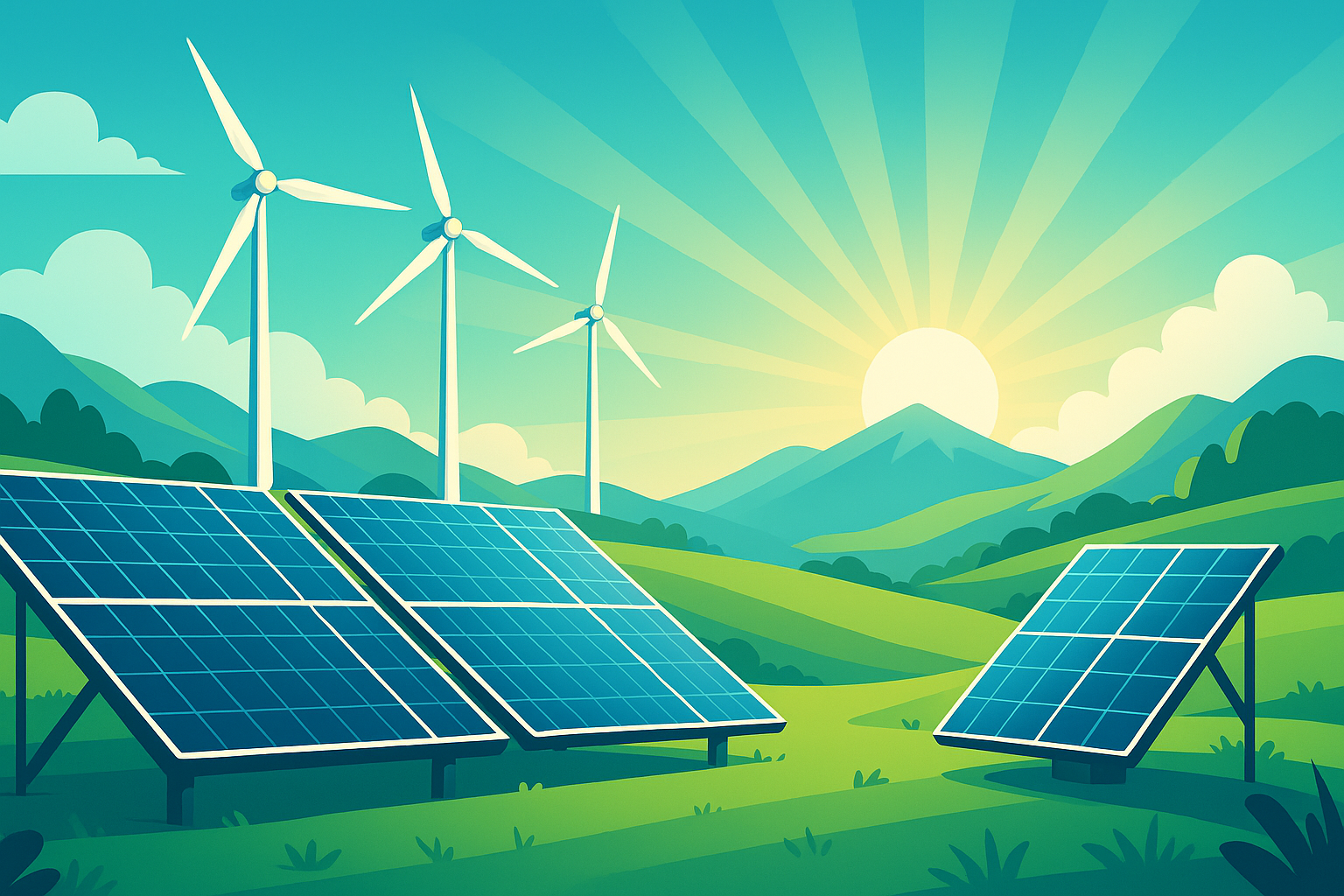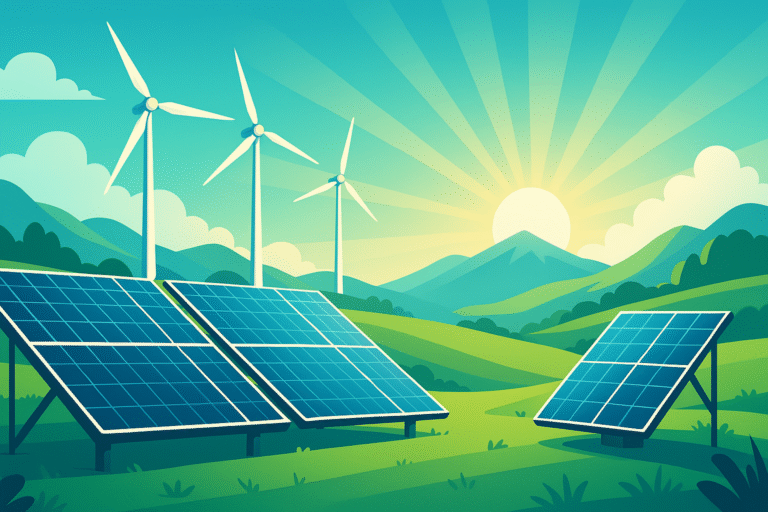Renewable Energy: Powering a Sustainable Future
Renewable Energy: Powering a Sustainable Future
In recent decades, the global energy landscape has been undergoing a profound transformation. At the forefront of this shift is renewable energy—a clean, sustainable, and increasingly cost-effective alternative to fossil fuels. As nations grapple with the urgent challenges of climate change, environmental degradation, and energy security, renewable energy has emerged not just as a solution, but as a cornerstone of a sustainable future.
What Is Renewable Energy?
Renewable energy comes from natural sources that are constantly replenished by the Earth’s systems. Unlike fossil fuels, which are finite and emit greenhouse gases, renewable sources offer an environmentally friendly way to generate electricity and power our modern lives. The most common forms of renewable energy include:
- Solar Energy: Harnessing sunlight using photovoltaic panels or solar thermal systems.
- Wind Energy: Converting wind currents into electricity through wind turbines.
- Hydropower: Using flowing water from rivers or dams to generate power.
- Biomass: Producing energy from organic materials like plant waste, wood, and agricultural residues.
- Geothermal Energy: Tapping into the Earth’s internal heat to generate electricity and heating.
Why Renewable Energy Matters
- Environmental Benefits
Renewable energy drastically reduces greenhouse gas emissions and air pollution, helping to mitigate climate change and improve public health. - Economic Growth and Job Creation
The renewable energy sector is labor-intensive, meaning it creates more jobs per unit of electricity produced than fossil fuels. According to the International Renewable Energy Agency (IRENA), the industry employed over 13 million people globally in 2022—a number projected to rise significantly in the coming years. - Energy Security and Independence
By investing in local renewable resources, countries can reduce their reliance on imported fuels, enhancing their energy security and economic resilience. - Technological Innovation
The rapid advancement in renewable energy technologies has led to significant reductions in costs, making them increasingly competitive with traditional energy sources.
Challenges and Opportunities
While the benefits are clear, the transition to renewable energy is not without its challenges. These include:
- Intermittency: Solar and wind power are variable and depend on weather conditions. Energy storage solutions and smart grid technologies are crucial to address this.
- Infrastructure: Transitioning to renewable energy requires modernizing energy grids and expanding transmission networks.
- Policy and Investment: Consistent regulatory support and financial investment are needed to scale renewable projects and ensure equitable access.
Despite these hurdles, the momentum behind renewable energy is growing. Governments, businesses, and individuals are increasingly recognizing its value—not just as a tool to combat climate change, but as a driver of sustainable development.
The Road Ahead
The path to a renewable future is both a necessity and an opportunity. Global commitments such as the Paris Agreement have set ambitious targets for reducing emissions, and renewable energy is central to achieving them. Countries are setting new records for renewable capacity installation each year, signaling a shift in both policy and public sentiment.
To accelerate this progress, collaboration between governments, the private sector, and civil society is essential. Investment in research and innovation, education, and infrastructure will pave the way for a resilient and inclusive energy transition.
Conclusion
Renewable energy is more than an environmental imperative—it is an economic, social, and strategic choice. By embracing clean energy solutions, we can reduce our carbon footprint, stimulate economic growth, and build a healthier planet for future generations. The future of energy is renewable—and it’s already here.
Let me know if you’d like this article optimized for SEO, translated into another language, or tailored for a specific audience (e.g., investors, students, government agencies).

